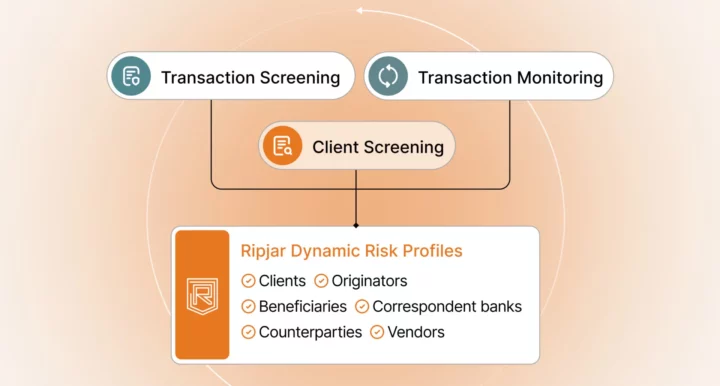It is always interesting to look at the different words and metaphors that are used in different languages and cultures and the effect that they have. Specific phrases and symbols play an important role when it comes to our day-to-day thinking. Each and every subtlety alters the perceptions of all those using them.
For instance, when an English speaker might say “It’s all Greek to me” to mean that they don’t know what’s going on, a German speaker is more likely to say “Ich verstehe nur Bahnhof” or “I only understand the train station.” Train stations and Greek are wonderfully diverse metaphors for the same thing, and the difference skews the way we perceive the world.
I heard a witty take on the concept recently while watching TV coverage of the Olympic Games in Tokyo. One of the commentators joked “… if only the Germans had a word for Schadenfreude.” The serious point here is that without an in-built appreciation of the German word schadenfreude, it would be very complex for an English speaker to quickly convey that sentiment.
Sometimes, a metaphor can mean two quite different things in different languages. For an English speaker, the term ‘Swiss Army knife’ – a penknife with many different blades and capabilities- can metaphorically refer to myriad and fabulous tools (or even people) that are supremely versatile and can do many different things well. In German however, a Swiss Army knife is not a good thing. It is a tool that does nothing well.
When we think about monitoring adverse media at scale, we have found a one-size-fits-all approach is far from optimal.
Savvy Chief Risk Officers (CROs) know that screening their customers against different media sources provides a vital early warning of risk and enables their organisations to be ahead of the game. That’s true both for new and existing customers.
In the case of new customers, it can be very useful to cast a wide net and broaden the search for matching media profiles. When it comes to existing customers, a balanced approach is more important.
At Ripjar, we’ve found that it is really important to calibrate and fine-tune for both portfolios. We undertake detailed in-depth collaboration to ensure we have the correct balance of false positives compared to false negatives. Getting the approach right can make the difference between being massively under-resourced or accepting too much risk.
Another important factor for our biggest tier-1 clients is the ability to merge in additional private data sources to further improve matching and optimisation. That’s where the Ripjar approach comes into its own. While most of the heavy lifting of filtering and understanding media data is done in Ripjar’s cloud, our clients have a wide range of choices for their instance of our screening software. They can choose to use our public cloud – with a choice of locations, their own cloud (public or private) or deploy the software locally on-premise.
For clients who have particular constraints about customer data and for those who have specific requirements to their own data matching strategies we are able to devise and deploy bespoke solutions which balance flexibility with accuracy and speed of deployment. And for all clients we can enhance the results still further with specific tuning.
With so many dimensions to a problem as complex as adverse media screening, having a veritable ‘Swiss Army Knife’ which can be rapidly configured and adapted to meet our clients unique needs is essential. Each blade, saw, or even toothpick – if we want to complete the metaphor – must also be of exacting standards and be extremely specialised. We think we have both versatility and depth and we’d love to talk more with anyone who would like to find out more.
Thanks,
Gabe Hopkins
Chief Product Officer, Ripjar
Last updated: 31 December 2024





